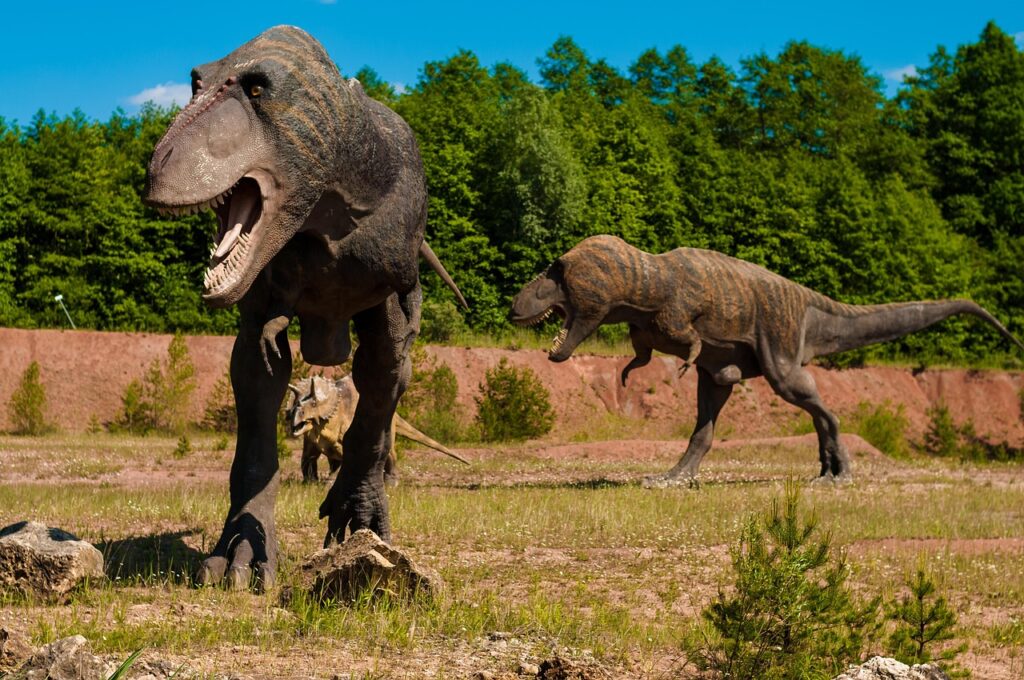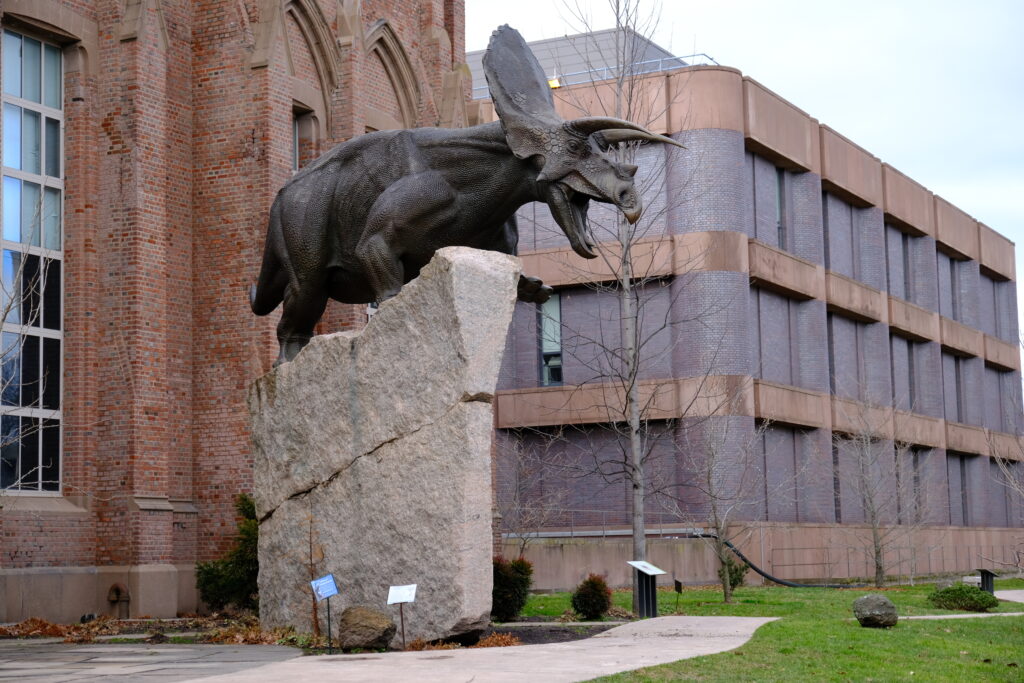Picture this: a creature stretching longer than three school buses parked end-to-end, weighing as much as twelve elephants, yet somehow managing to walk the Earth with grace. The sauropod dinosaurs achieved sizes that seem almost impossible today, creating one of paleontology’s most fascinating mysteries. These gentle giants dominated landscapes for over 140 million years, reaching heights that would make modern giraffes look like house cats. But how did they manage to grow so incredibly large without collapsing under their own weight, and why don’t we see anything like them today?
The Scale of Sauropod Enormity
When we talk about sauropod gigantism, we’re discussing animals that redefined what it means to be massive. Argentinosaurus, one of the largest known sauropods, likely stretched over 100 feet long and weighed between 70 to 100 tons. That’s roughly equivalent to the weight of 20 full-grown African elephants stacked together.
These dimensions weren’t just impressive—they were revolutionary in the animal kingdom. The largest land animals today, elephants, max out at around 6-7 tons, making even the smallest adult sauropods several times heavier. Some species like Dreadnoughtus had thigh bones alone that were taller than most humans, measuring over 6 feet in length.
The sheer biomechanical challenge of moving such massive bodies across ancient landscapes required evolutionary solutions that scientists are still working to understand. These weren’t just big animals; they were engineering marvels that pushed the boundaries of what vertebrate life could achieve on land.
Revolutionary Respiratory Systems

The secret to sauropod gigantism begins with their revolutionary breathing apparatus. Unlike mammals, sauropods inherited the highly efficient avian respiratory system from their theropod ancestors, featuring air sacs that created a one-way flow of oxygen through their lungs. This system was roughly 2.5 times more efficient than mammalian lungs at extracting oxygen from air.
These air sacs didn’t just improve breathing—they also invaded the dinosaurs’ bones, creating a honeycomb-like structure that dramatically reduced weight while maintaining strength. Scientists estimate that this pneumatic bone system could reduce skeletal weight by up to 20% compared to solid bones. The combination meant sauropods could support massive bodies without suffocating or collapsing under their own weight.
Modern birds still use this same respiratory system, but sauropods took it to extremes that allowed them to process the enormous amounts of oxygen needed to fuel their gigantic metabolisms. Without this breathing innovation, the age of giants might never have occurred.
The Long Neck Advantage
Those impossibly long necks weren’t just for show—they were feeding machines that revolutionized how large herbivores could exploit their environment. Sauropods could browse vegetation across a massive three-dimensional space without moving their bodies, accessing food sources from ground level up to 50 feet high. This meant they could strip an area clean of edible plants with minimal energy expenditure.
The neck length also provided a competitive advantage that smaller herbivores simply couldn’t match. While other dinosaurs fought over low-growing plants, sauropods had exclusive access to the forest canopy, much like modern giraffes dominate acacia trees in Africa. This reduced competition and opened up vast untapped food resources.
Recent studies suggest that different sauropod species may have had feeding preferences at different heights, creating a sort of vertical zonation in ancient forests. Some species specialized in ground-level browsing, others in mid-canopy feeding, and the giants reached the very tops of trees, allowing multiple massive species to coexist in the same ecosystems.
Ancient Atmospheric Conditions
The Mesozoic world was a fundamentally different place from today, with atmospheric conditions that may have been crucial for supporting gigantic life forms. Oxygen levels during the Jurassic period were significantly higher than today’s 21%, reaching up to 35% in some estimates. This oxygen-rich environment would have made it much easier for massive animals to meet their metabolic demands.
Carbon dioxide levels were also much higher, creating a greenhouse effect that kept global temperatures warm and stable. This meant sauropods didn’t need to waste energy maintaining body temperature in cold climates, allowing more resources to be devoted to growth and maintenance of their enormous bodies.
The higher atmospheric pressure that came with these gas concentrations would have made breathing more efficient for all animals, but the benefits were particularly pronounced for the largest species. Modern high-altitude mammals show us how thinner air limits maximum size, so the thick, oxygen-rich Mesozoic atmosphere may have been essential for gigantism.
Metabolic Mysteries and Heat Management

Managing the heat generated by such massive bodies presented unique challenges that sauropods solved in fascinating ways. Large animals generate heat faster than they can lose it, a problem that becomes exponentially worse as size increases. Sauropods likely used their long necks and tails as biological radiators, pumping warm blood to these extremities where heat could be released to the environment.
Their metabolic rate was probably somewhere between modern reptiles and mammals—warm enough to support active lifestyles but not so hot as to cause fatal overheating. This intermediate metabolism would have allowed them to grow quickly as juveniles while maintaining reasonable energy costs as adults.
Some researchers propose that sauropods may have engaged in behavioral thermoregulation, using their necks to position their heads in cool shadows during hot parts of the day. The sheer thermal mass of their bodies would have helped maintain stable internal temperatures even as external conditions fluctuated.
Bone Architecture and Structural Engineering
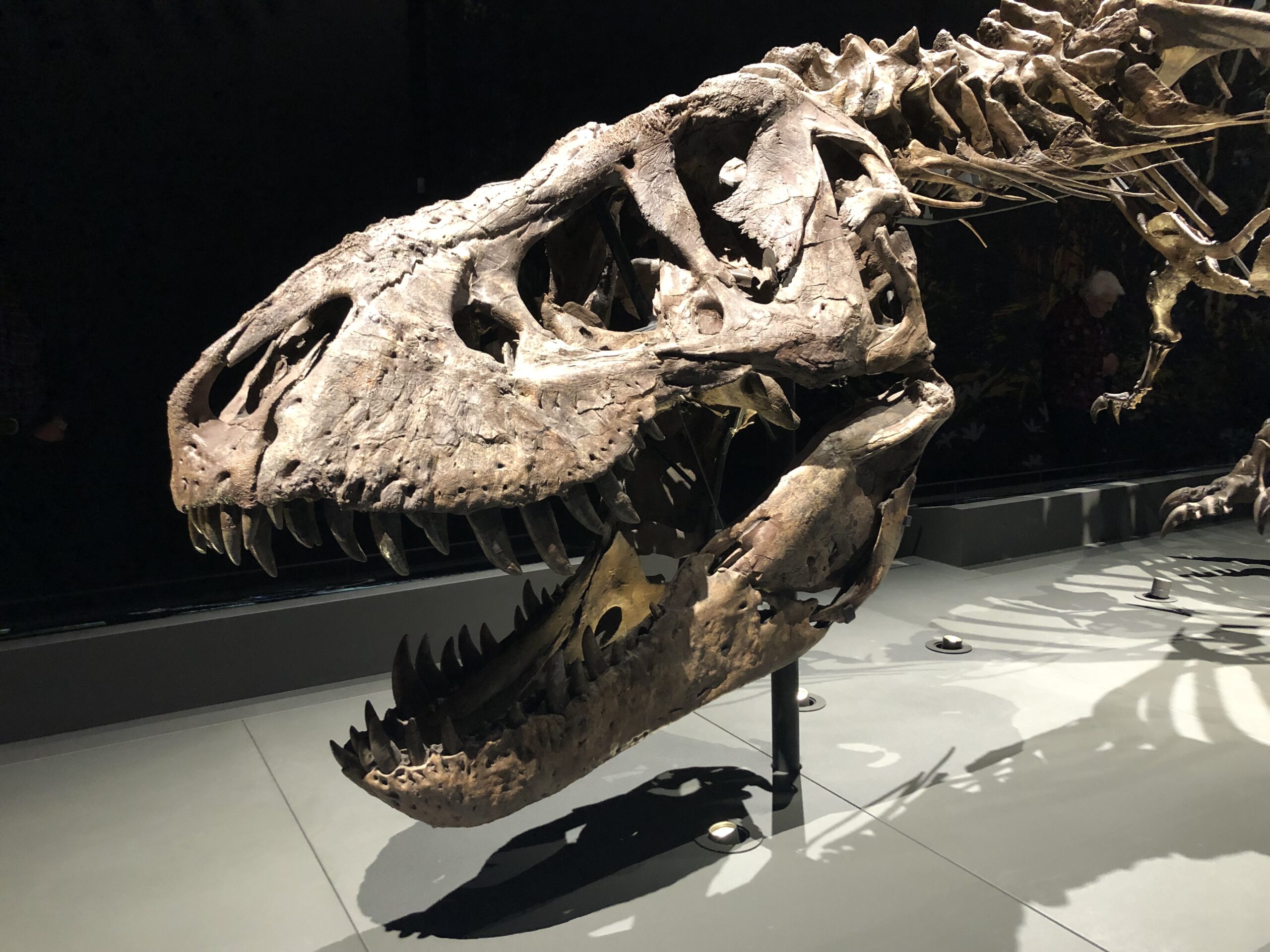
The bones of sauropods were masterpieces of biological engineering, combining maximum strength with minimum weight through sophisticated internal architecture. CT scans reveal that their bones contained intricate networks of air spaces, struts, and supporting structures that distributed weight loads with remarkable efficiency.
The vertebrae in particular show engineering principles that human architects still study today. Each vertebra was hollowed out by air sacs but reinforced with internal buttresses and supports that prevented collapse under enormous loads. The result was a spinal column that could support tons of weight while remaining relatively lightweight.
Their limb bones also featured thick cortical walls surrounding hollow centers, creating structures that were both strong and flexible. This design allowed them to handle the enormous compressive forces generated by their body weight while also providing some shock absorption during movement.
Digestive Efficiency and Gut Capacity
Feeding a body the size of a sauropod required a digestive system that could process massive quantities of plant material with remarkable efficiency. Their enormous torsos housed gut systems that may have been 30-40 feet long, providing vast surface area for nutrient absorption and fermentation chambers for breaking down tough plant fibers.
Unlike modern mammals, sauropods likely relied heavily on bacterial fermentation in their hindgut, similar to modern horses and elephants but on a much larger scale. This process could extract nutrients from low-quality plant material that would be indigestible to most animals, allowing them to thrive on abundant but nutritionally poor vegetation.
The sheer volume of their digestive systems meant they could process food continuously, like living conveyor belts that never stopped eating. Estimates suggest the largest sauropods may have needed to consume 400-500 pounds of plant material daily, requiring almost constant feeding to maintain their massive bodies.
Growth Rates and Developmental Patterns
Recent studies of sauropod bone tissue reveal growth rates that were nothing short of phenomenal. Some species could add several tons of body weight per year during their peak growth periods, rates that rival or exceed those of modern whales. This rapid growth was essential for reaching adult size before becoming vulnerable to predators.
Bone histology shows that sauropods grew continuously throughout their lives, unlike mammals that stop growing at maturity. This indeterminate growth pattern meant that the oldest individuals were often the largest, with some possibly continuing to grow for decades. The growth rings in their bones tell stories of seasonal abundance and scarcity that affected their development.
Interestingly, different parts of their bodies grew at different rates, with necks and tails often elongating more rapidly than the torso. This suggests that reaching feeding height was a priority during development, allowing juveniles to access adult food sources as quickly as possible.
Evolutionary Pressure and Ecological Niches
The evolution of gigantism in sauropods wasn’t random—it was driven by powerful selective pressures that favored increasingly large body sizes. In the competitive world of Mesozoic herbivores, size provided protection from predators, access to exclusive food sources, and advantages in intraspecific competition for mates and territory.
Large body size also provided thermal advantages, as bigger animals maintain more stable body temperatures and can survive in a wider range of climates. This may have allowed sauropods to colonize environments that were too variable for smaller dinosaurs, expanding their ecological opportunities.
The arms race between predators and prey may have also driven size increases, as sauropods grew larger to escape predation while carnivorous dinosaurs evolved new hunting strategies. This evolutionary pressure cooker created an environment where the biggest and most efficient animals had significant survival advantages.
Herd Behavior and Social Dynamics

Growing evidence suggests that many sauropods lived in herds, which would have provided crucial advantages for such massive animals. Trackway evidence shows groups of sauropods traveling together, with adults positioned to protect juveniles from predators. This social behavior may have been essential for the survival of young sauropods during their vulnerable growing years.
Herding behavior would have also provided feeding advantages, as groups could systematically strip areas of vegetation before moving on to new feeding grounds. Like modern elephant herds, sauropod groups may have followed seasonal migration routes that maximized food availability while minimizing competition.
The social dynamics of these herds remain mysterious, but size-based hierarchies may have determined access to the best feeding spots and mates. The largest individuals would have had significant advantages in these social interactions, providing additional evolutionary pressure for gigantism.
Reproductive Strategies and Parental Care
The reproductive biology of sauropods presents fascinating paradoxes that scientists are still working to understand. Despite their enormous adult size, sauropods hatched from eggs that were relatively small—the largest known sauropod eggs are only about the size of footballs. This means that baby sauropods underwent some of the most dramatic size increases in the animal kingdom.
The massive size difference between adults and juveniles may have been an evolutionary strategy to reduce competition between generations. Young sauropods could feed on different vegetation types and heights than their parents, avoiding direct competition for resources while still benefiting from parental protection.
Some species may have engaged in colonial nesting, with multiple females laying eggs in the same area to provide safety in numbers. The logistics of such massive animals caring for tiny offspring would have required sophisticated behavioral adaptations that we’re only beginning to understand.
Environmental Factors and Climate Influence
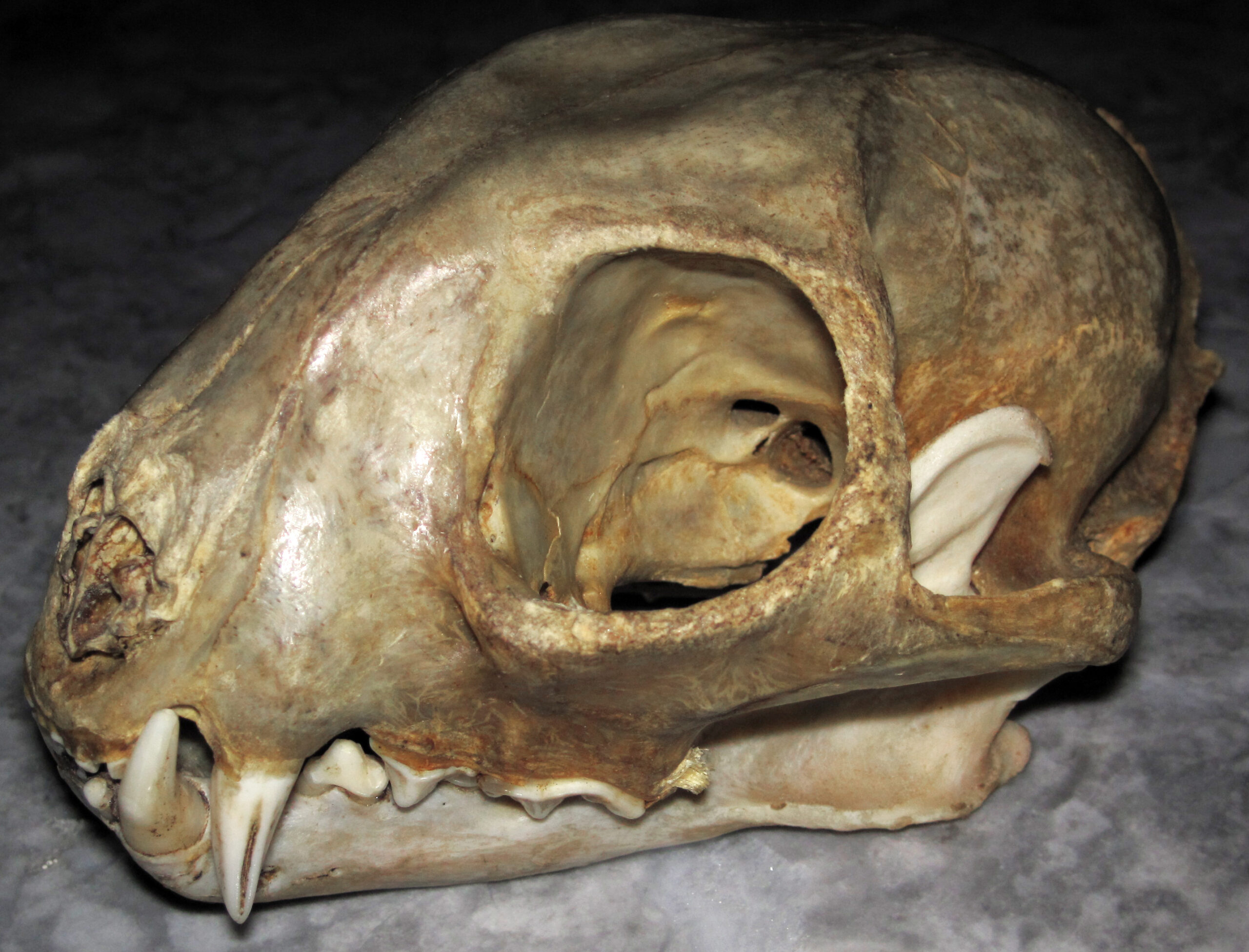
The warm, humid climate of the Mesozoic era created perfect conditions for sauropod gigantism to flourish. Year-round growing seasons meant that food sources were consistently available, eliminating the need for seasonal migrations or energy storage that limit the size of modern animals.
The absence of polar ice caps during much of the Mesozoic meant that even high-latitude regions remained warm and habitable. This expanded the total available habitat for large herbivores and may have supported much larger populations than would be possible in modern climates.
Volcanic activity during this period may have also contributed to gigantism by adding nutrients to soils and atmosphere, creating lush vegetation that could support massive herbivores. The interaction between climate, geology, and biology created a perfect storm for the evolution of giants.
Biomechanical Limits and Physical Constraints
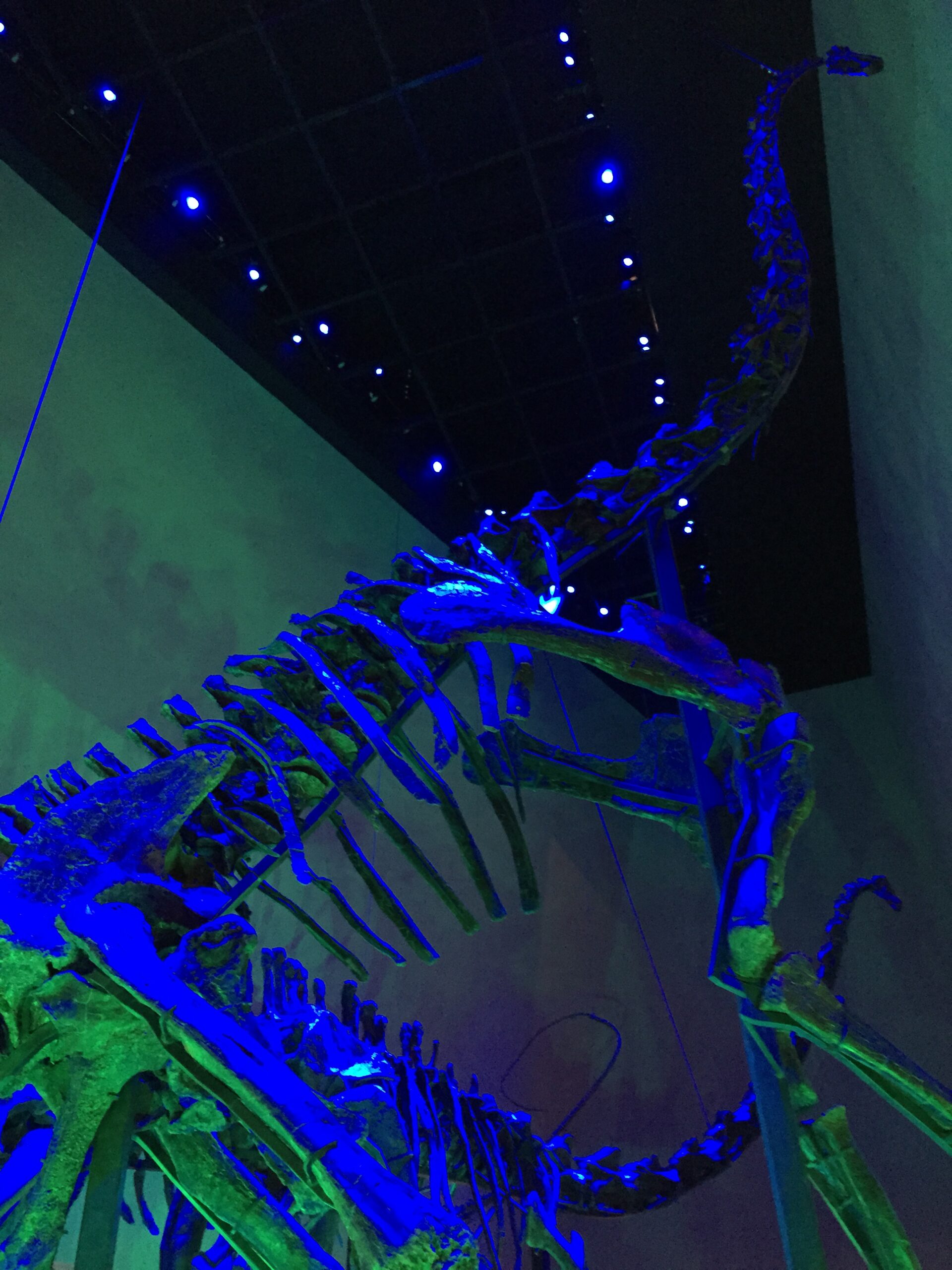
Even with all their adaptations, sauropods were approaching the theoretical limits of what land animals can achieve. The square-cube law means that as animals get bigger, their weight increases much faster than their strength, eventually reaching a point where further growth becomes impossible.
The largest sauropods may have been living right at the edge of these biomechanical constraints, with some scientists suggesting that any larger and they would have been unable to support their own weight. This may explain why sauropod gigantism seems to have plateaued rather than continuing to increase throughout the Mesozoic.
Modern engineering analysis of sauropod skeletons reveals stress points and potential failure modes that show how close these animals came to their structural limits. The fact that they thrived for millions of years suggests they found the perfect balance between size and functionality.
Modern Implications and Conservation Lessons
The story of sauropod gigantism offers important lessons for modern conservation efforts, particularly regarding the relationship between body size and environmental change. Large animals are typically more vulnerable to habitat loss and climate change, requiring vast territories and stable food sources to survive.
The extinction of sauropods at the end of the Cretaceous demonstrates how quickly even the most successful giants can disappear when environmental conditions change rapidly. This serves as a sobering reminder of the fragility of Earth’s largest species in the face of global environmental disruption.
Understanding how sauropods achieved and maintained their enormous size helps us appreciate the complex ecological relationships that support large animals today. Modern giants like elephants and whales face similar challenges to their ancient counterparts, and their conservation depends on maintaining the complex environmental conditions that allow gigantism to flourish.
The End of the Giants
The extinction of sauropods marks the end of an era when Earth supported land animals of unprecedented size. The asteroid impact that ended the Cretaceous period eliminated not just the dinosaurs themselves, but also the environmental conditions that made their gigantism possible. The subsequent climate changes, vegetation shifts, and ecological disruptions created a world where such massive land animals could no longer survive.
Modern mammals never achieved the sizes of the largest sauropods, possibly because they lacked the respiratory and skeletal adaptations that made dinosaur gigantism possible. The convergent evolution of large mammals like elephants and whales suggests that gigantism still offers advantages, but the specific combination of factors that created sauropod giants may be truly unique in Earth’s history.
The legacy of sauropod gigantism continues to influence our understanding of evolutionary biology, biomechanics, and ecology. These ancient giants pushed the boundaries of what life could achieve on land, creating a standard for biological success that remains unmatched 66 million years after their extinction. What other evolutionary marvels might be waiting to be discovered in the fossil record?



